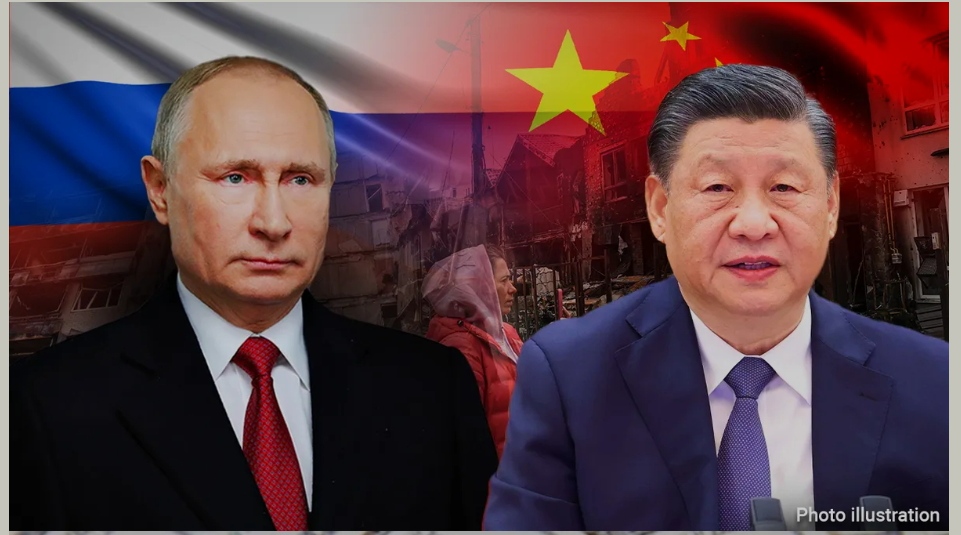The global de-dollarization campaign is gaining momentum, as countries around the world seek alternatives to the hegemony of the US dollar.
Russia and China are trading in their own currencies.
Beijing, Argentina and Brazil have also dropped the dollar in bilateral trade.
The UAE is selling China its gas in yuan, through a French company.
Bangladesh pays a Russian nuclear power company in Russian rubles, ditching the U.S dollars.
Pakistan and India are trading with Russia in rubles and their local currencies.
Southeast Asian nations in ASEAN are de-dollarizing their trade, promoting local payment systems.
Kenya is buying Persian Gulf oil with its own currency.
Even the Financial Times newspaper has acknowledged that a “multipolar currency world” is emerging.
When Chinese President Xi Jinping visited Moscow in March, his Russian counterpart Vladimir Putin revealed that two-thirds of the countries’ bilateral trade is already conducted in the ruble and renminbi.
“It is important that our national currencies are increasingly used in bilateral trade“, Putin said. “We should continue promoting settlements in national currencies, and expand the reciprocal presence of financial and banking structures in our countries’ markets”.
The Russian leader added, “We support using Chinese yuan in transactions between the Russian Federation and its partners in Asia, Africa and Latin America”.
Just a week after Xi’s trip to Moscow, China announced that it had for the first time used yuan to buy liquefied natural gas (LNG) from the UAE.
The deal was negotiated between the state-owned China National Offshore Oil Company and the French company TotalEnergies, meaning European firms are now willing to conduct transactions in yuan.
French media outlet RFI described the trade as a “major step in Beijing’s attempts to undermine the US dollar as universal ‘petrodollar’ for gas and oil trade”.
The report quoted the chairman of the Shanghai Petroleum and Natural Gas Exchange, Guo Xu, who said the deal encouraged “multi-currency pricing, settlement and cross-border payment”.
On March 30, China and Brazil (the world’s most populous and sixth-most populous countries) announced they had come to an agreement to trade with each other in their local currencies, yuan and reais.
China’s media network CGTN reported, “The deal will enable China, the world’s second-largest economy, and Brazil, the biggest economy in Latin America, to conduct their massive trade and financial transactions directly, exchanging yuan for reais and vice versa instead of going through the dollar”.
It noted that China is Brazil’s biggest trading partner, and in 2022 the two countries did more than $150.5 billion worth of trade.
Brazil’s leftist President Lula da Silva has called for Latin America to develop a new currency for regional trade, which he calls the Sur.




